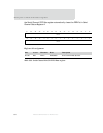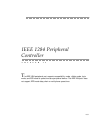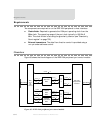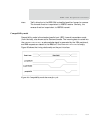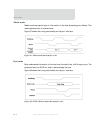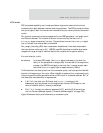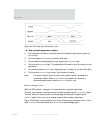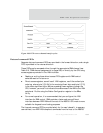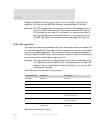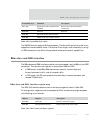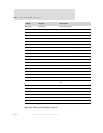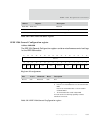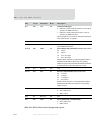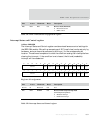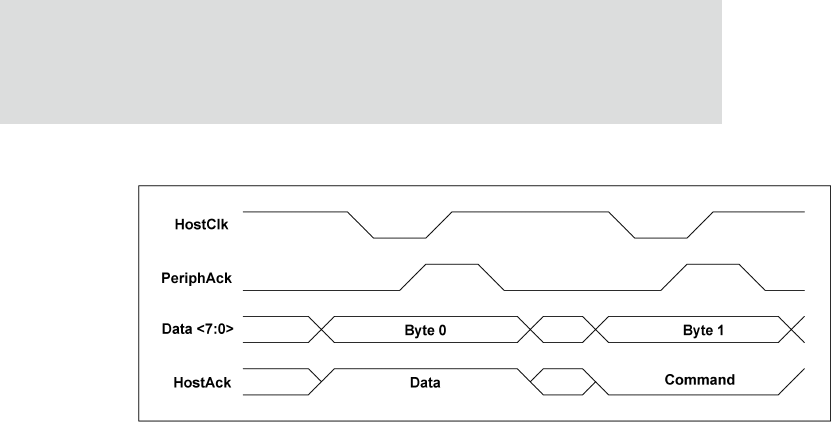
Overview
674
NS9750 Hardware Reference
Figure 99: ECP mode forward transfer cycles
X Host processing sequence example:
1 The host puts the data on the data lines and indicates a data cycle by setting
HostAck high.
2 The host asserts HostClk low to indicate valid data.
3 The peripheral acknowledges the host by setting PeriphAck to high.
4 The host sets HostClk to high. This edge should be used to latch the data into the
peripheral.
5 The peripheral sets PeriphAck low, indicating that it’s ready for the next data byte.
6 The host sets HostAck to low to start the command transfer.
Note:
A forward transfer does not have to be a data transfer followed by a
command transfer. When
HostClk is low, the transfer will be data or
command depending on whether
HostAck is high or low.
Reverse transfer cycles
With the ECP protocol, changes in the data direction must be negotiated.
The host must request a reverse channel transfer by asserting the
ReverseRequest signal.
The host waits for the peripheral to acknowledge the request by asserting the
AckReverse signal. Only then can a reverse channel data transfer take place.
Figure 100 shows a reverse channel data cycle followed by a command cycle. In this
case,
PeriphClk is the data strobe and HostAck is the acknowledge signal.



